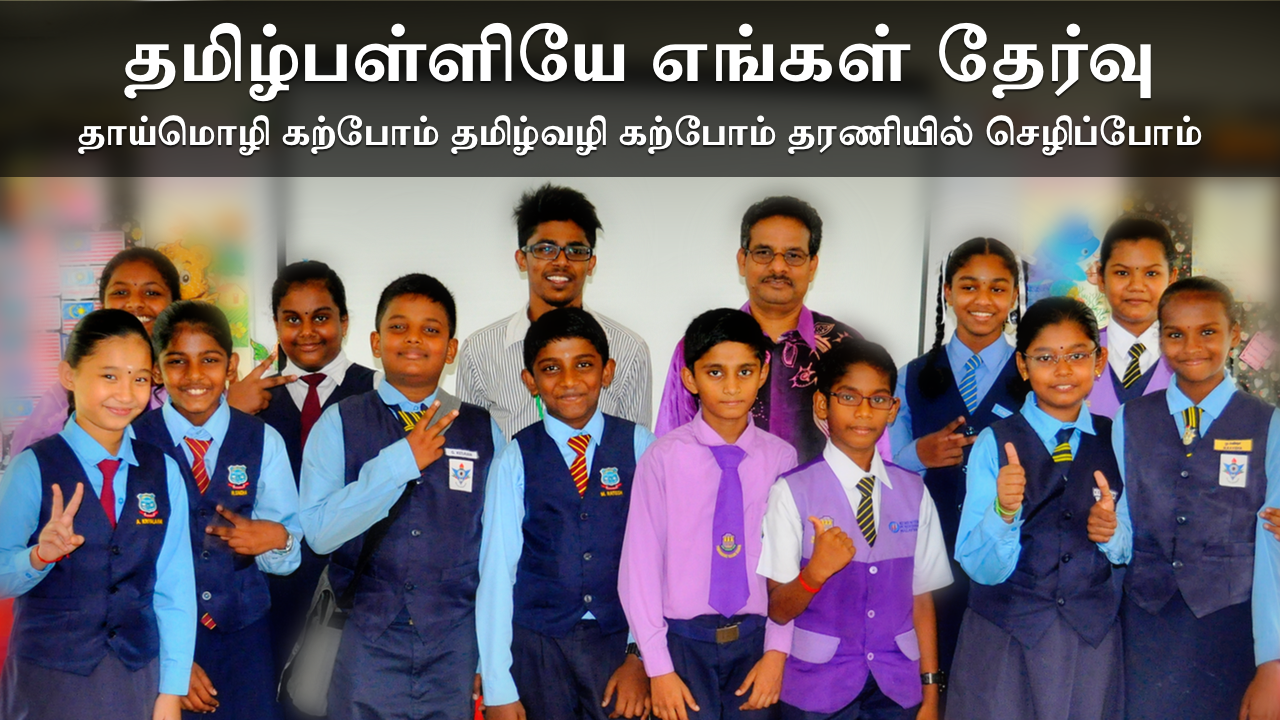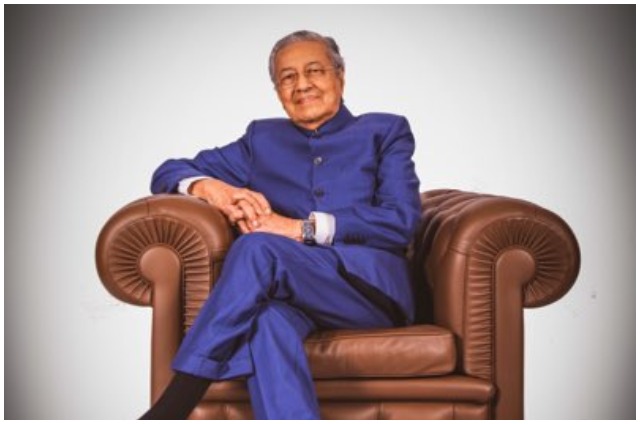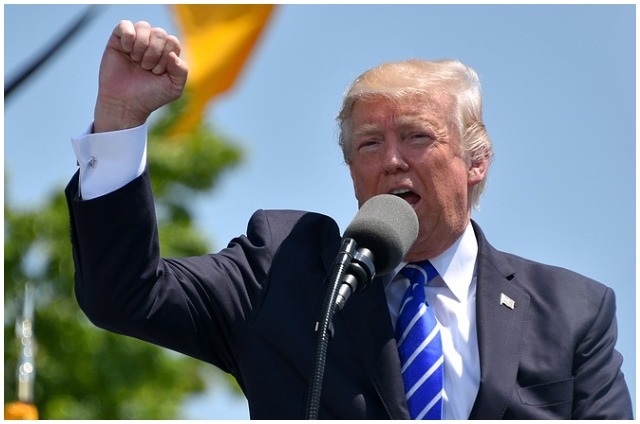

Coupled with massive protests, worker deaths, incomplete projects and major transportation issues, things came to a head on Wednesday when the country came to a standstill thanks to a 214-mile – yes, 214-mile (that’s 344 kilometres) – traffic jam.
The massive pile-up occurred in Sao Paulo – the city which will host several World Cup events. Earlier, a similar traffic jam had set the record at 192-miles in November 2013.


The traffic jams aren’t the only thing that have left much to be desired from Brazil. Out of the 12 planned stadiums, one is without a roof, five are yet to be finished, leaving only six stadiums to host the football matches.


In a report that doesn’t hold back its punches, NBC Sports News wrote, “Brazil will welcome the players and fans to unfinished airports, drive them past uncompleted transport systems, through streets that have been clogged with rioters protesting the cost of the tournament and into stadiums that have cost lives to build and haven’t all been finished.”


“In Natal, where the U.S. team will play its first game on Monday, half the infrastructure projects planned for the cup weren’t even started.
“Brazil’s president opened a new terminal at Sao Paulo airport to great fanfare this month, but it will handle only a fraction of the airlines originally scheduled to land there. The new airport terminal promised in Fortaleza has been delayed until 2017.”


For a country that thinks of itself as “o pais do futebol”, the football country, Brazil had seven years to finish everything it promised after it was chosen in 2007 to host the world’s biggest spectacle ever. Let’s hope the games make for a better display than Brazil’s preparedness.
-INDIA TODAY









